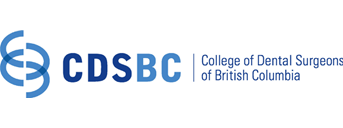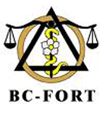Ever wonder what’s in your toothpaste?

Each toothpaste has their own ‘secret’ formula, but some of the most common and/or standard ingredients are listed below;
Fluoride
Fluoride is one of the most important and possibly most controversial ingredient in toothpaste, comes in many forms. You may see it listed on a tube by the following names; stannous fluoride, sodium fluoride and sodium monofluorophoshate. Fluoride is used to strengthen the enamel of your teeth which protects them from acid producing bacteria as well as acidic foods and drinks (ie. Fruits and sodas). People that exhibit dry mouth from medications or have Sjogren’s syndrome, may buy a toothpaste with a higher fluoride concentration to decrease chances of erosion or tooth decay.
Abrasives
Abrasives are used to remove stains and plaque and to polish teeth. Be cautious with abrasives as certain types of toothpastes have more than others. Bleaching toothpastes usually have more abrasives than basic toothpastes. Some abrasives include; alumina, calcium phosphates, calcium carbonate, and silica.
Toothpastes with a higher concentration of abrasive ingredients will eventually wear down the outer layer of your teeth, the enamel, exposing the second and more yellow layer, the dentin. This will also cause your teeth to be more sensitive to temperatures such as hot(coffee and tea) and cold (water, shakes and sodas) drinks.
Detergents
Detergents create the foaming action when brushing. This also helps keep the toothpaste in your mouth . One common detergent is sodium lauryl sulfate (SLS) and tends to have a bad taste, hence the different flavours of toothpastes.
Thickeners
Thickeners is added to toothpaste to help create texture and consistency. Carrageenan, cellulose gum and xanthan gum are all thickeners.
Humectants
Humectants also gives toothpaste its texture as well as maintaining its moisture. Glycerin, sorbitol, and water are all examples of humectants.
Preservatives
Preservatives keep the toothpaste free from any microorganisms and eliminates the need to refrigerate toothpaste. Some examples include; sodium benzoate, methyl paraben and ethyl paraben.
Flavouring
Flavouring Agents added for a more favourable taste and to especially mask the taste of most detergents.
Sweeteners
Sweeteners are used to improve the taste as well. These are mostly artificial and sachharin is one of the most common sweeteners.
Colouring Agents
Colouring Agents these agents provide the toothpaste with a more pleasing colour. Artificial dyes are used to make them any desired colour(s). Titanium dioxide is used to make some toothpastes white.






